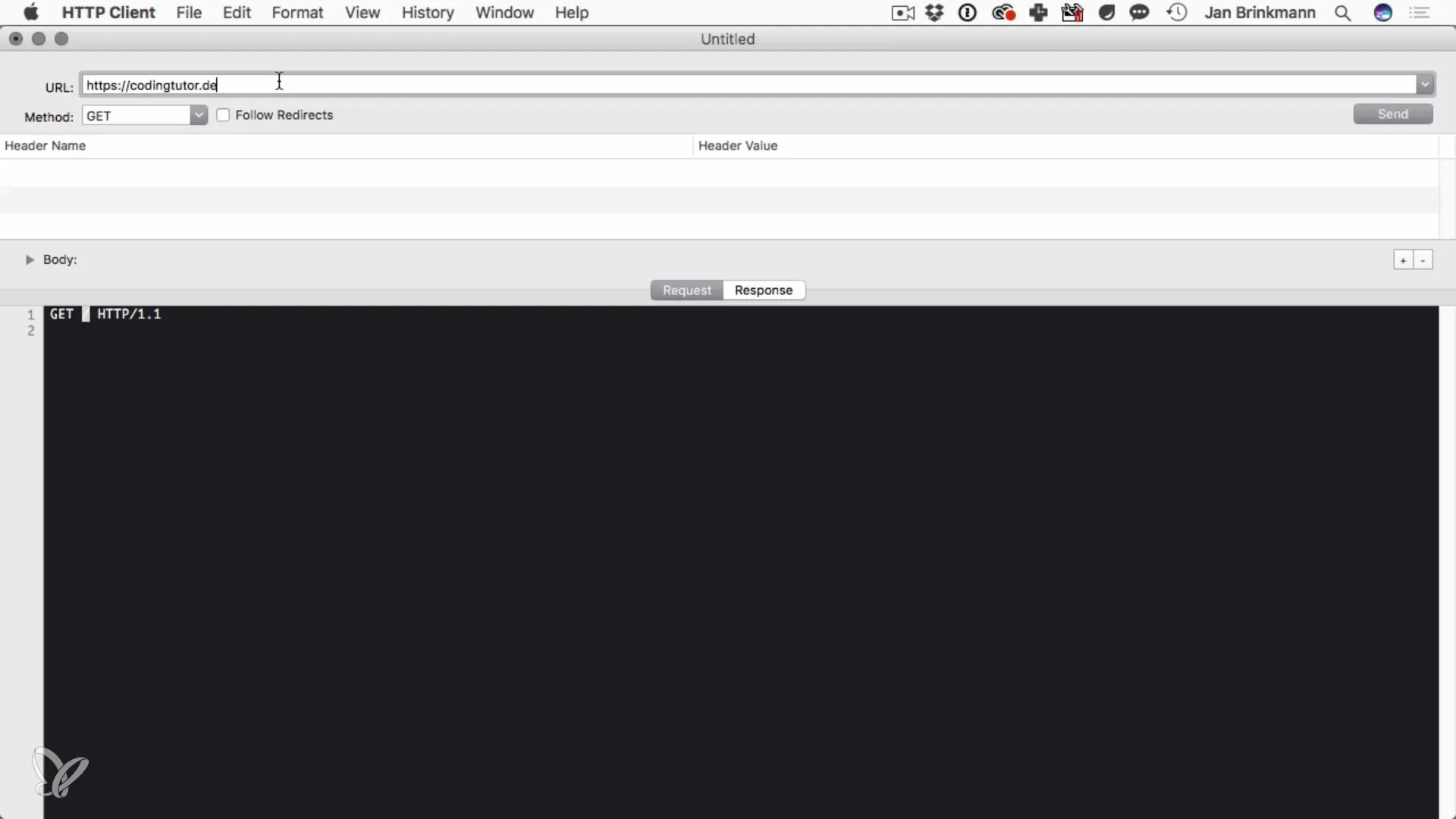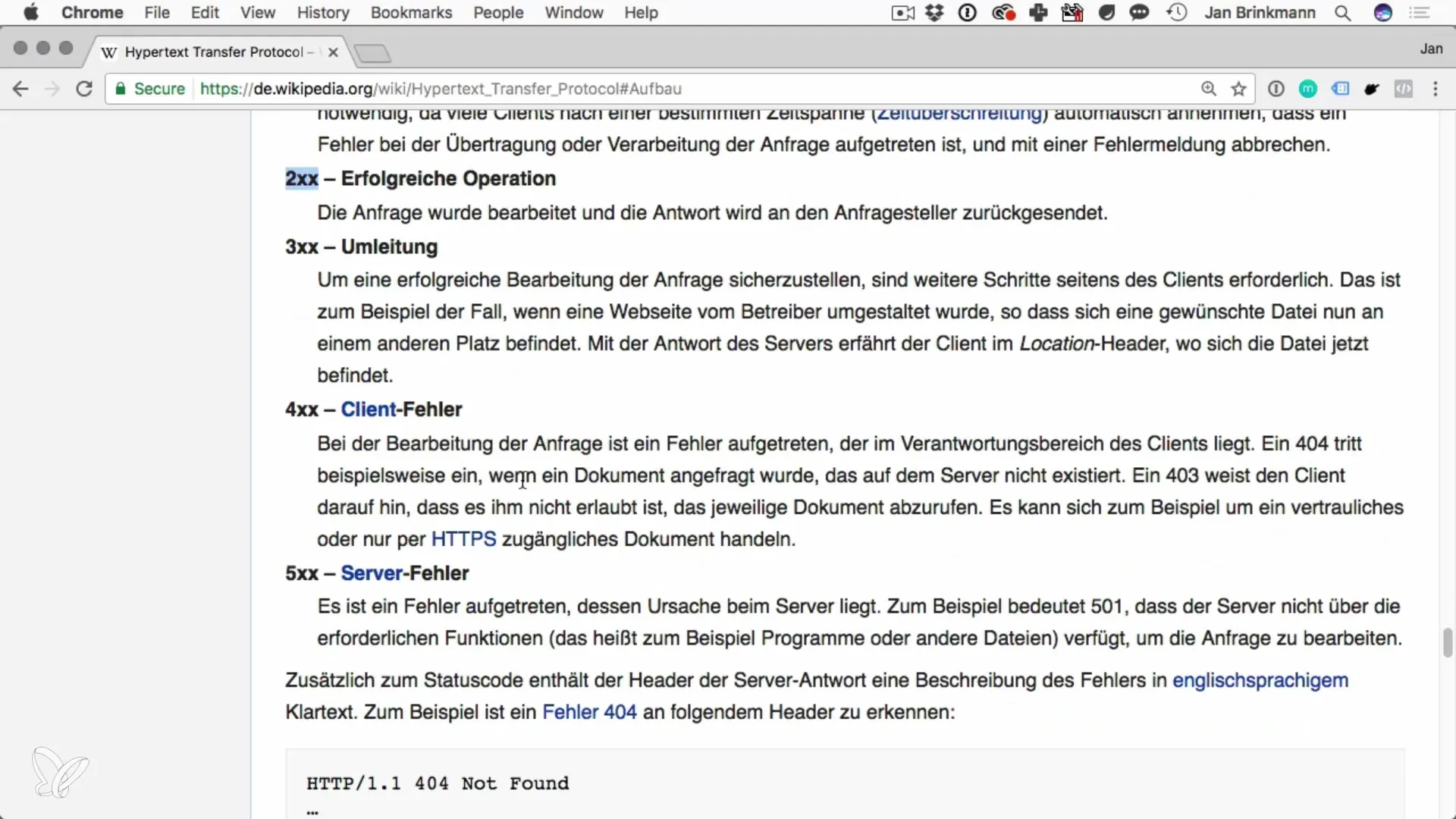Websites and services communicate via HTTP, a fundamental protocol that describes how data is transmitted over the internet. If you are working with Python and want to retrieve or send data from the internet, it is crucial to understand the basics of HTTP-Requests. This guide will walk you through the fundamentals of creating HTTP-Requests in Python, highlight the various methods, and provide valuable insights into the status codes you should consider when working with web resources.
Key Insights
- HTTP (Hypertext Transfer Protocol) is the standard protocol for communication on the web.
- GET and POST Requests are the two main methods for sending data from the client to the server or vice versa.
- Status codes indicate whether a request was successful or if there were issues.
Understanding the Basics of the HTTP Protocol
HTTP describes the communication between a client (e.g., your web browser or a Python script) and a server (e.g., a web application or API). You can think of it as sending a request to a server to retrieve certain information.
There are different main components: the client, which makes the request, and the server, which processes the request and sends a response. For example, when you enter the URL https://codingtutor.de in your browser, a GET request is made in the background to retrieve the main page.

To understand basic information about the HTTP Request, it is helpful to look at different types of requests, especially GET and POST, as well as their respective characteristics.
Using GET Requests
A GET request is the simplest type of request. It is used to retrieve data, and all parameters are appended to the URL. This means you can integrate URL parameters directly into the request. For example, if you want to access a specific section of a website, the URL might look like this:
https://codingtutor.de/blog
Here, you send a GET request to query the resource "/blog".

If you want to send additional information in your GET request, you can append these as parameters in the URL, separated by a question mark.
In this example, you add a custom header, which is appended as a parameter, for example:
https://codingtutor.de/blog?customHeader=value
This allows you to transmit specific information to the server.
POST Requests and Data Transmission
POST requests, on the other hand, are more efficient when it comes to sending data. Unlike GET requests, the data is not passed in the URL but is hidden in the body of the request. This is especially useful when you want to transmit form data, as there are no character limits to consider as there are in the URL.
url = 'https://example.com/api' data = {'key': 'value'} response = requests.post(url, data=data)
Here, the data is transmitted in the header, making it not directly visible to the user. In fact, the header looks as if the client is transmitting the data in the background.
POST requests allow for flexible data transmission and are ideal for API interactions, as they ensure that sensitive data is not visible in the URL.
Understanding Status Codes
When working with HTTP requests, the various status codes are essential to tracking the success or failure of a request.
- 200 OK means that the request was successful.
- 301 Moved Permanently is a redirection message that tells you that the requested resource has been permanently moved to another address.
- 404 Not Found indicates that the requested resource is not available.
- 500 Internal Server Error indicates an internal problem with the server.
These codes are important because they help you check the status of your requests and identify errors.

Understanding just the basic status codes can already lead to a better understanding of your requests and the subsequent responses.
Conclusion
Especially when you are working with Python and web applications, understanding HTTP requests is essential. This guide has provided you with the basics for creating GET and POST requests, as well as the importance of status codes. With this knowledge, you will be able to effectively interact with web APIs and process data efficiently.
Summary – Learning HTTP Requests with Python
Learning HTTP requests in Python will assist you in developing web applications and data processing. You have learned the basics of GET and POST requests and recognized the significance of HTTP status codes.
Frequently Asked Questions
What is the difference between GET and POST?GET transmits data in the URL, POST transmits data in the body of the request.
How can I create a GET request in Python?Use the requests library and use requests.get(url).
What does the status code 404 mean?404 means that the requested resource was not found.
How do I transmit data with a POST request?Data is transmitted in the body of the request, not in the URL.
What is status code 200?200 means that the request was successful.


